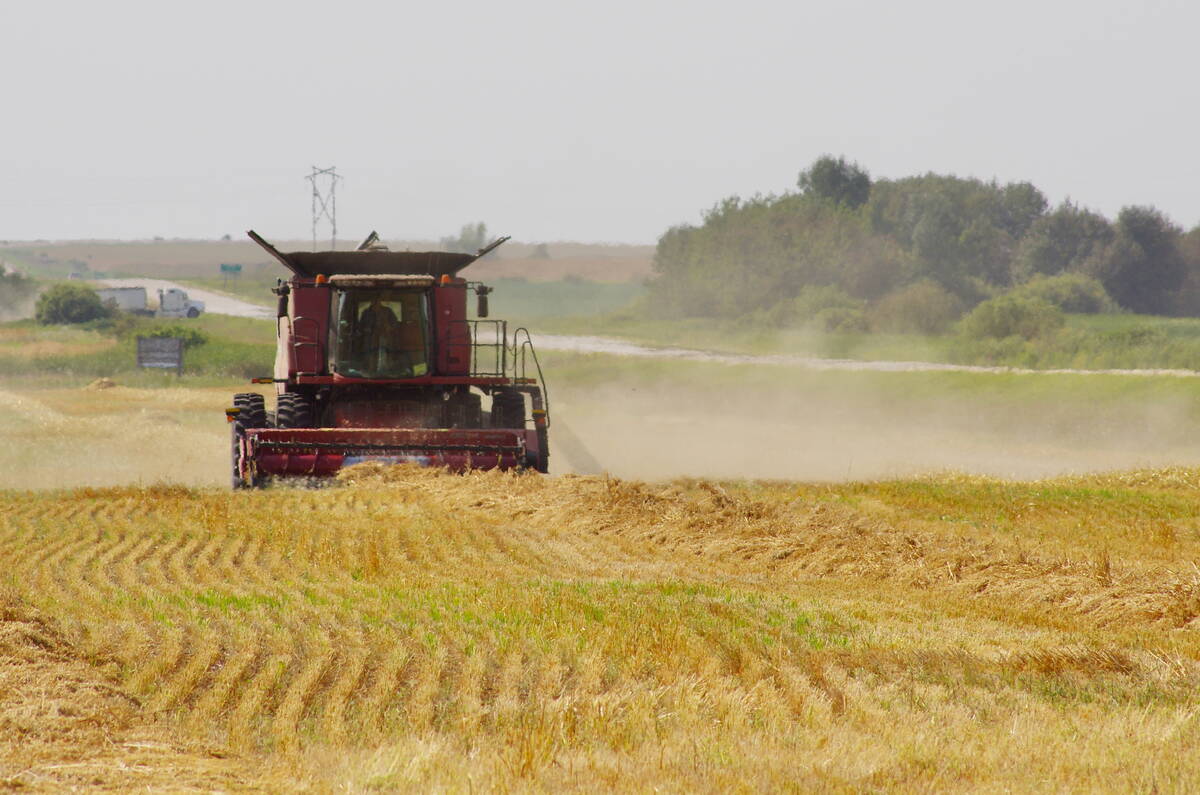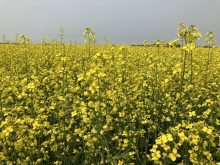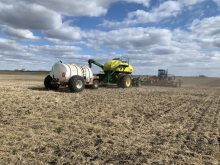Hot and dry conditions cut into the yield potential and physical size of Canada’s chickpea crop, but the quality should be excellent while prices remain relatively strong.
“It’s anybody’s guess,” said Colin Young, of Midwest Grain Ltd. in Saskatchewan on the overall state of the chickpea crop. He said rainfall was “significantly below average” in most of the growing regions “and in some areas, virtually none.”
However, of the pulses, chickpeas handle drought conditions the best, with roots drawing moisture from more than three feet into the ground. “It is not a crop failure in southern Saskatchewan. It’s a poor crop, but farmers will harvest something,” said Young.
Read Also

Herbicide resistance sprouts in Manitoba’s wild oats
Farmers across Manitoba this fall are gearing up for the latest salvo in what, for many, has become a longtime battle to beat out wild oats.
Only 17 per cent of the Saskatchewan chickpea crop was rated good-to-excellent in the latest weekly report, which compares with 76 per cent in the top two categories at the same time a year ago. Canadian farmers seeded 135,000 acres to the crop in 2017, which compares with 160,000 the previous year. Production is currently forecast at 110,000 tonnes by Agriculture and Agri-Food Canada, which compares with 82,000 in 2016.
Young said yields were wide ranging, but would likely average in the “high teens to low twenties” (bushels per acre). Development is also wide ranging, with some fields ready to desiccate and others still flowering. He expected the harvest would be earlier than normal, getting underway in about three weeks.
“In these conditions, it’s typical that the quality will be excellent, however the caliber will be much smaller than normal,” said Young.
Canada is a fringe player in the global market, which means outside factors will also have a role in the price direction.
The US planted more chickpeas this year, but the tonnage won’t be up much on the year due to drought issues in North Dakota and Montana, said Young. Turkey’s crop is also smaller caliber, so they will need to import some larger caliber supplies. Argentina increased acres, but are not expecting very good yields, while Australia is dealing with dry conditions.
Overall, Young expects to see strong prices through Christmas. He noted that the price gap between large caliber and smaller caliber chickpeas could widen.


















